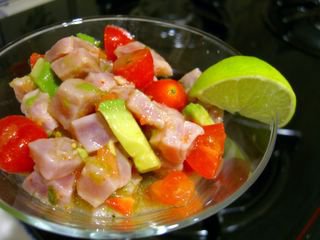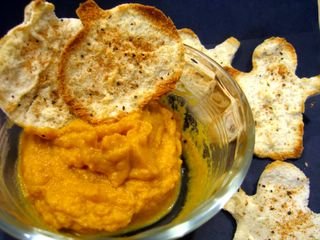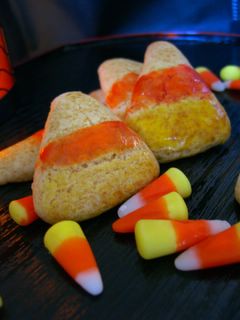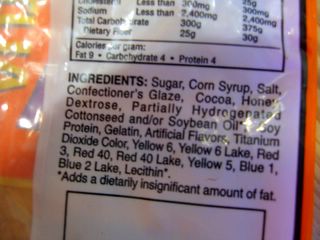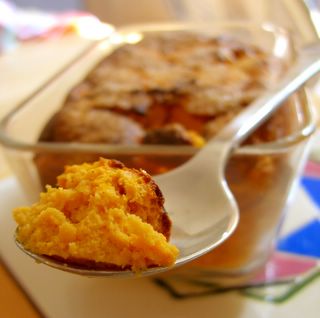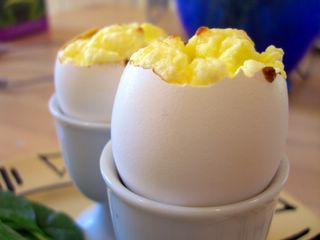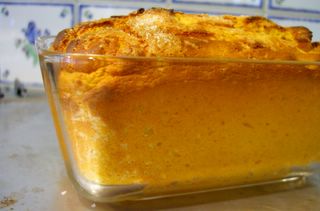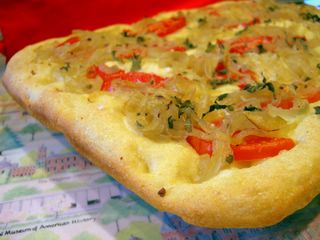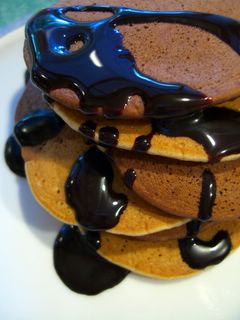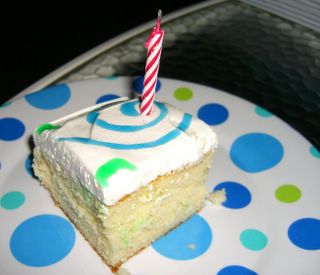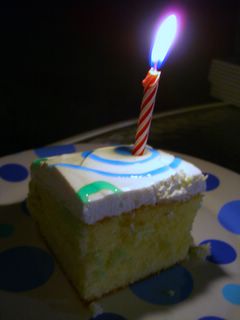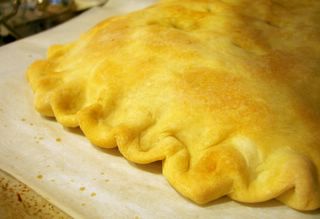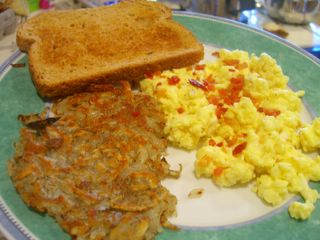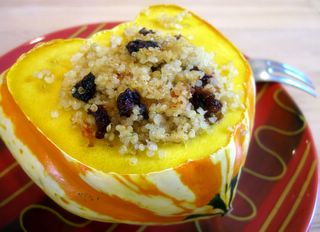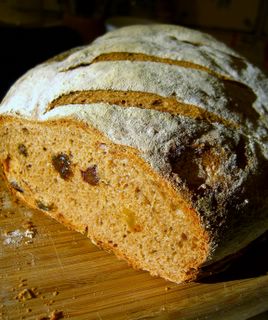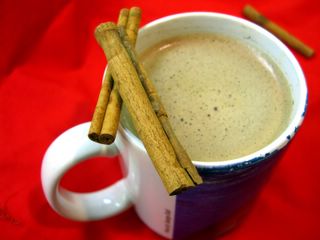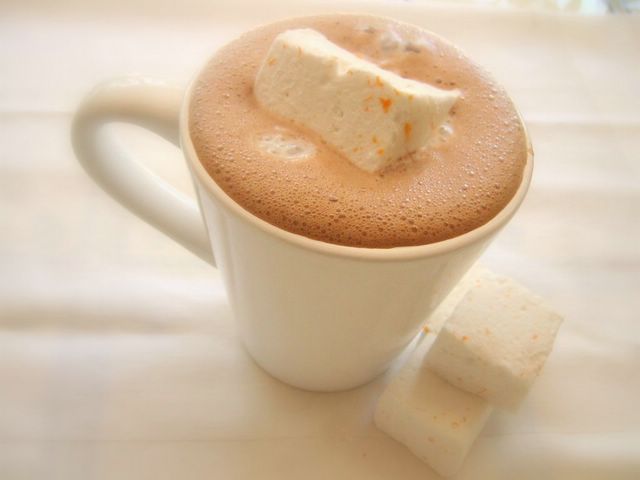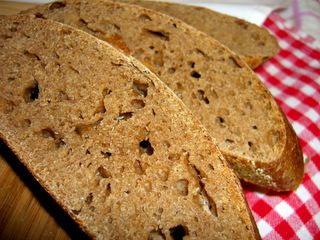
There are three ways to come by a starter:
Catch wild yeast
Use packaged yeast
Buy/Borrow/Steal
I would say that the best way to start a starter is to get some from a friend. Sourdoughs - and their starters - get their flavor from long and slow development, so the older your starter is, the more character it is likely to have. Of course, a fresh starter will still produce excellent results and it is the way to go if you don't have any friends who keep starters in their fridge.
Yeast is easy to catch and not too hard to maintain. The flavor of your particular starter will depend on the yeast that live in your enviornment. San Francisco sourdoughs have a strong, unique flavor due to their sea side location. The flavor can also be influenced by any additions you make to your starter. You can enhance the yeast-catching ability of your starter by adding things to increase fermentation - like grapes, peaches, potatoes or simple sugars.
Excessive heat is pretty much the only thing that will kill yeast, which is why water temperatures are called to be below 120F. Moderate heat encourages the growth of yeast, which produces carbon dioxide and causes your bread (or starter) to bubble and rise - hence the reason for allowing your dough to rise in a warm place. The cold does not kill yeast, it merely causes it to slow down or, in extreme cases, hibernate completely. Active dry yeast has been freeze dried, but it reactivates when exposed to water. Slow rises are done in a refrigerated enviroment where it can take ten times the length of a normal rise for your dough. Slow rises, like slow cooking, allow the flavors of the dough to meld and increase in strength. Slow rises also allow some breads which might have difficulty rising quickly, due to low gluten content or high fat content (like rye breads or brioche), to achieve a better rise.
--------------------
After some prompting from Barrett, I decided to make and chronicle a batch of starter. This is the story of what I did. Please be advised that I am not claiming that this is the only, nor necessarily the best, way to begin a starter. But it works for me and it will work for you. This is a method, a guideline. Don't time things down to the minute. If you haven't worked with a starter before, you may not know what to look for, and hopefully this will help you.
I used all whole wheat flour, as I already have a regular sourdough starter, but you can use all purpose or a combination of the two. Other flours can and flavors can be added but I strongly recommend starting with something simple. The timeline reflects the days that I worked on the starter. Any work I did, I usually did in the mornings.
Saturday
To get started, mix 1/2 cup all purpose flour and 1/2 cup warm water in a bowl - I like clear glass - and leave out in a warm place. You don't need to cover it, but you can do so loosely if you wish

This photo is from sometime Sunday. Note the tiny bubbles.
Sunday24 hours later, dump out half the starter and add in another 1/2 cup flour and 1/2 cup water. It may start to smell, so you might want to cover the bowl with plastic wrap.
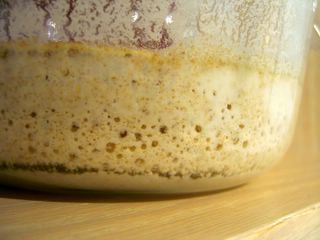
Monday morning, before dumping into a larger container.
MondayTransfer starter to a larger bowl or a more permanent container. Add in 3 cups flour and 2 1/2 cups water and mix well. Make sure that your container has enough room for the starter to expand.
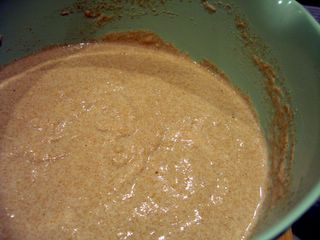
Monday, after transferring the starter.
Monday - WednesdayStarter will be frothy and still smell rather cheesy and not sour. Have patience. Eventually, the froth will subside and the mixture may separate a bit.
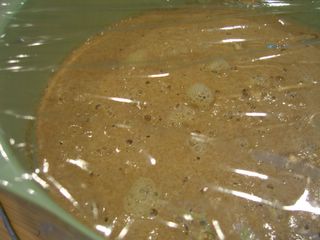
The froth is evident here. It did not smell good, so I left the plastic wrap on.
ThursdayIt's safe to peek now. The starter should smell sour, but not aggressivly unplesant anymore. There will probably be some liquid on top. That's ok. Stir it all together (it may be quite liquidy), then pour out half of the liquid (about 2 cups), until you have about 1 1/2 cups left in the bowl. Add in 2 cups flour and 1 cup water. Cover and return to its resting place.
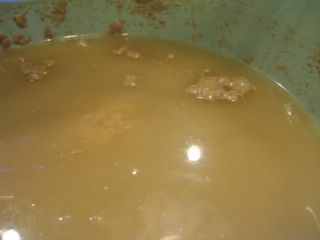
Smell is pleasant now, starter has separated.
Now that the sourness is established, it has to develop. You starter will only get better with time.
Friday
There should be some good sized bubbles in your starter. It should smell plesant and yeasty.

Friday morning bubbles.
Remove 1 cup from your starter (either to a small bowl for crumpets or into the trash) and replace it with 1 cup flour and 1/2 cup water. Let it sit out for at least 3 hours, loosely covered. Repeat this once more, then you can refrigerate your starter.
This method is the basis for feeding your starter. Roughly every 2 two weeks, or the night before each use, remove one cup of starter, add in 1 cup flour and 1/2 cup water, stir and let it sit until bubbly. It should sit out at least three hours, but I often leave mine overnight. Remove starter for use as desired, add back in the same amount of flour as you removed (1 cup of starter = 1 cup flour + 1/2 cup water), let stand until bubbly, and return, to the fridge.
--------------------
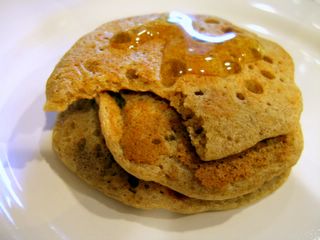
This starter method doesn't produce as much excess starter as some, which I like. Instead of disposing of your unfed (1 cup each feeding, starting on Friday above) starter, you can use it to make
crumpets. Mmm... crumpets.... Unless you're eating them as they come off the grill, it is better to toast them before slathering them with butter or jam because the crisp exterior is what makes a crumpet worth eating. They freeze very well once cooled. Since they can be heated up in the toaster, I often make them ahead for weekday breakfasts. Mine don't always have big holes, so don't worry if yours look a bit like pancakes. They still taste great.
The baking soda counteracts the acidity in the unfed starter. If your crumpets taste too sour, and they might if your first batch is with your first or second feeding, simply increase the amount of baking soda to 3/4 tsp.
Sourdough Starter Crumpets
1 cup (unfed) sourdough starter
2 tsp sugar
1/2 tsp salt
1/2 tsp baking soda
Mix all ingredients together in a medium bowl. Heat a nonstick, dry skillet over medium heat. Drop dollops of batter (size is up to you) onto the skillet and cook until tops are set. Flip over to brown the holey side for a minute.
Toast until crisp and eat immediately, or cool completely and freeze.
If you have crumpet/biscuit rings, grease them and pour batter in. Follow procedure as above. Yours will be thicker than free-form crumpets will.
Now that your starter is fed, you can try making bread. If your bread doesn't rise at all, feed the starter over the course of two or three days and try again. The bread I made above was done according to this recipe, adapted from a
King Arthur recipe I have used many times before. This is a flexible recipe. You can use any type of flour. Here, in the photo at the top of the post, you can see I used all whole wheat flour.
Take this to be, like the starter method, simply a guideline and not the holy grail of sourdough.
Sourdough Bread, Abriged
(Longer version found here) 1 cup fed sourdough starter
1 1/2 cups warm water (105-110F)
3 cups flour
1 tbsp sugar (optional)
1 tbsp salt
1-3 cups flour
Combine starter, warm water and 2 cups flour in a large bowl (the sponge) and let stand for 2-8 hours.
Stir in sugar, salt and 1 cup of flour. Stir in additional flour as needed, until the dough starts to come away from the side of the bowl. Turn out onto a floured surface and knead until smooth and elastic, about 3-5 minutes.
Rinse out your bowl, lightly oil it and place the dough inside, turning to coat. Cover bowl and allow to rise until doubled, about 2 hours.
Shape dough, on a floured surface, into 1 large, round loaf. Place on a floured baking sheet to rise for an additional hour.
Preheat oven to 425F.
Brush dough with water, slash as desired and bake for 35-40 minutes, until crust is browned and loaf sounds hollow when tapped. Cool completely on a wire rack before slicing.
My thanks to
Barrett, for getting me started on this project.

